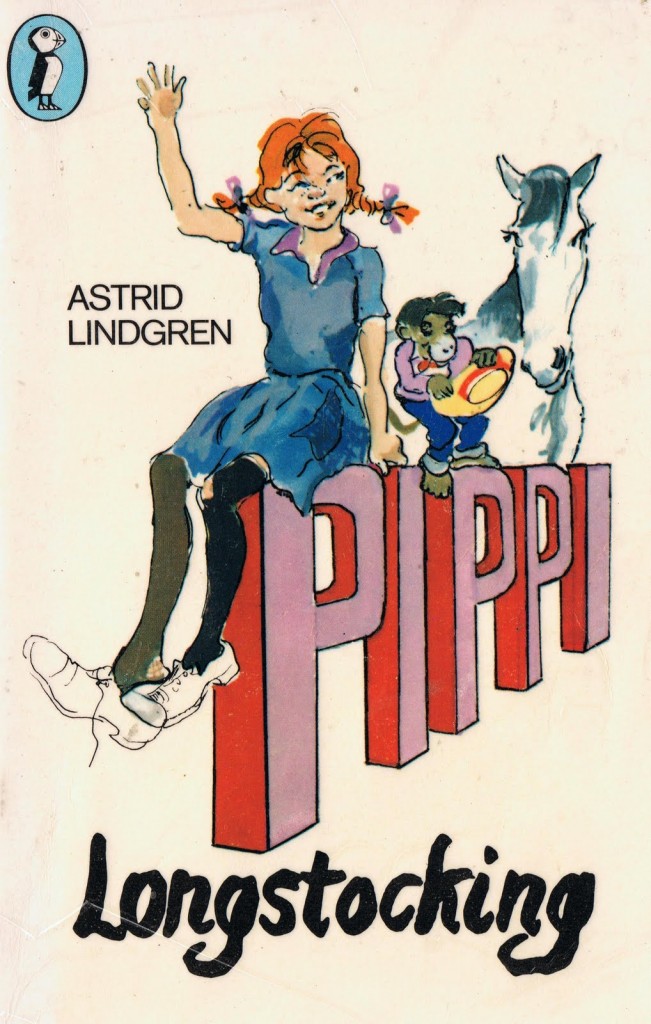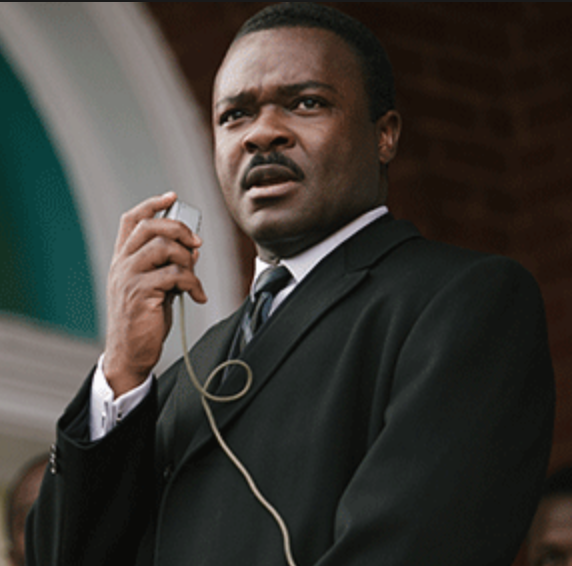In Praise of Penny-Saving Stew
 As I type this, I am clad in flannel pajamas and slurping a bowl of stew for the third night in a row. It surprises me how often I make stew, especially this time of year. But it shouldn’t, especially since I’m the original penny-saver. Stew cuts of meat are really cheap; stew uses up every vegetable malingering in the larder; stew freezes beautifully if you (g-d forbid) tire of eating the same thing for a week. Not to mention that it’s the best food in the world after a tiring, cold day; it can cook for hours while you attend to the rest of your life; the witch in me adores the cauldron it requires; and my mother’s side of the family is about as working-class UK as you can get so I’m genetically predisposed to all soft, brown food. (Don’t laugh.)
As I type this, I am clad in flannel pajamas and slurping a bowl of stew for the third night in a row. It surprises me how often I make stew, especially this time of year. But it shouldn’t, especially since I’m the original penny-saver. Stew cuts of meat are really cheap; stew uses up every vegetable malingering in the larder; stew freezes beautifully if you (g-d forbid) tire of eating the same thing for a week. Not to mention that it’s the best food in the world after a tiring, cold day; it can cook for hours while you attend to the rest of your life; the witch in me adores the cauldron it requires; and my mother’s side of the family is about as working-class UK as you can get so I’m genetically predisposed to all soft, brown food. (Don’t laugh.)
This week I threw together beef bought on sale at Whole Foods with the rosemary, mushrooms, carrots, potatoes, red wine, mustard, worcestershire sauce, and kale left in my otherwise-bare kitchen, and lo! it was good. I love stew not only because it is cheap and efficient but because it connects me to so many hearths in so many moments in time. People have been making stew as long as they’ve known how to make fire and trap an animal or dig up a vegetable, and as I cook I like to think about all those other stews made throughout history, as well as literature:  I’m obsessed with what Meg’s mother made over a Bunsen burner in A Wrinkle in Time as well as all the mysterious mutton messes of 19th century literature. Here are some of my favorite stews to make: green chile pork stew, spinach-chickpea curry stew, Provençal chicken stew, Guiness beef stew, Moroccan lamb stew. And here are five handy tips for making a mean stew–or, better yet, a stew for keeping those mean reds at bay.
I’m obsessed with what Meg’s mother made over a Bunsen burner in A Wrinkle in Time as well as all the mysterious mutton messes of 19th century literature. Here are some of my favorite stews to make: green chile pork stew, spinach-chickpea curry stew, Provençal chicken stew, Guiness beef stew, Moroccan lamb stew. And here are five handy tips for making a mean stew–or, better yet, a stew for keeping those mean reds at bay.
Moon Void of Course, Of Course
 Right now, we’re in the middle of a 21-hour period in which the moon is void of course. This means everything is spacy and off-kilter and totally nonlinear–so much so that even as I write this I wonder if I am making any sense and then realize with some delight that I don’t care. Void-of-course events rarely have long-term consequences, and, besides, sparkly tesseracts are right up my alley.
Right now, we’re in the middle of a 21-hour period in which the moon is void of course. This means everything is spacy and off-kilter and totally nonlinear–so much so that even as I write this I wonder if I am making any sense and then realize with some delight that I don’t care. Void-of-course events rarely have long-term consequences, and, besides, sparkly tesseracts are right up my alley.
After finishing this morning’s Ruby Intuition readings I took off for a very long, very cold walk through the city. I was ecstatic for the opportunity to live inside my own private children’s book–a welcome reprieve from the grownup worries I’d not been able to shake for the rest of the week. My only rule: no major financial expenditures. Our tastes are so different during VOC that buyers’ regret is inevitable.
Here is what happened on my walk: I talked to an East Village girl selling candles in ironic overalls and unironic pink lipstick about the importance of sunshine noir in the ides of winter. I found a pair of fluffy platform beige clog boots that I desperately craved but managed to refrain from purchasing. (I promised myself I’d buy them as an auto-birthday present if I still longed for them in a week.) I went to the hardware store to thank the owner for his good advice about my radiators and in return got a $2 vise-grip, which is only slightly less sexual than it sounds. I trailed an arguing couple for seven blocks to decide who I thought was right. (Neither, as it turned out.) I saw a friend I’d not seen for six years, and, bitter wind blowing all around us, we tackled the brilliance of Vivian Maier and the unplugged power of post-reproductive women as if it were a balmy July afternoon and we’d last talked five minutes ago. I went to the Strand Book Store and bought a thick anthology of time travel essays (because you never know when you might manage a quick chrono-jaunt) and a dog-eared Pippi Longstocking paperback (because you can always use an extra copy of Pippi). I came up with a style trend for Spring 2025 and a catchphrase that I decided to give to the next superhero I met. I tried on a collarless camel tweed coat practically embroidered with my name and whispered to her that we’d meet again. I listened to an 85-year-old surrealist painter reminisce in a coffee shop about dancing naked with Anaïs Nin dance at a party. I spent an inordinately long time talking to a jewelry vendor on Bedford Avenue because his copper rings were stunning and so was he.
By the time I got home I was laden with lemon-pepper soap and and leather-rose perfume and green-gold eyeshadow and lavender honey and coffee beans and phone numbers and hand-painted stationary given to me by people who’d enjoyed our conversations. I was so frozen I couldn’t feel my feet but my cheeks were pink and my eyes were bright and I was wrapped glamorously in two soft scarves and a big fur hat and a soundtrack of late-’50s jazz and a certainty that I’d earned a quiet, cozy night at home. When the moon goes void of course it’s like Hilary Knight drew the whole world. Ooooh, I just love it.
The Timeless Blueprint of ‘Selma’
 I have seen “Selma,” Ava DuVernay’s remarkable portrait of Martin Luther King Jr. and the three Alabama marches that inspired the 1965 Voting Rights Act, at two press screenings. The first took place in November, and I wept so copiously that I felt it my duty to see the film again in order to write about it objectively.
I have seen “Selma,” Ava DuVernay’s remarkable portrait of Martin Luther King Jr. and the three Alabama marches that inspired the 1965 Voting Rights Act, at two press screenings. The first took place in November, and I wept so copiously that I felt it my duty to see the film again in order to write about it objectively.
The second screening was held in mid-December. Common was still rapping, “That’s why we walk through Ferguson with our hands up” over the closing credits as I emerged into a Times Square filled with protestors. Some were silently standing in front of the police station; others were holding signs reading “I Can’t Breathe,” a reference to Eric Garner’s final words as he was choked to death by a cop. For a minute I felt like I was in the film itself, and that’s when I got it: There’s no objective way to see “Selma,” and that’s how it should be. King may have prescribed peaceful protest but he also stated adamantly that there is no neutrality when it comes to the issue of civil rights.
The only man from the twentieth century who has an American federal holiday named after him, Martin Luther King Jr. is almost inarguably our country’s most influential civil rights leader to date. Yet, as improbable as it may seem, “Selma” is the first feature-length film ever made about him. Wisely, DuVernay and screenwriter Paul Webb don’t compensate by covering the entire arc of King’s life. Instead, they pick up right where a more traditional King biopic might have ended: when awards have already been bestowed but important work is left to be done. Continue Reading →
